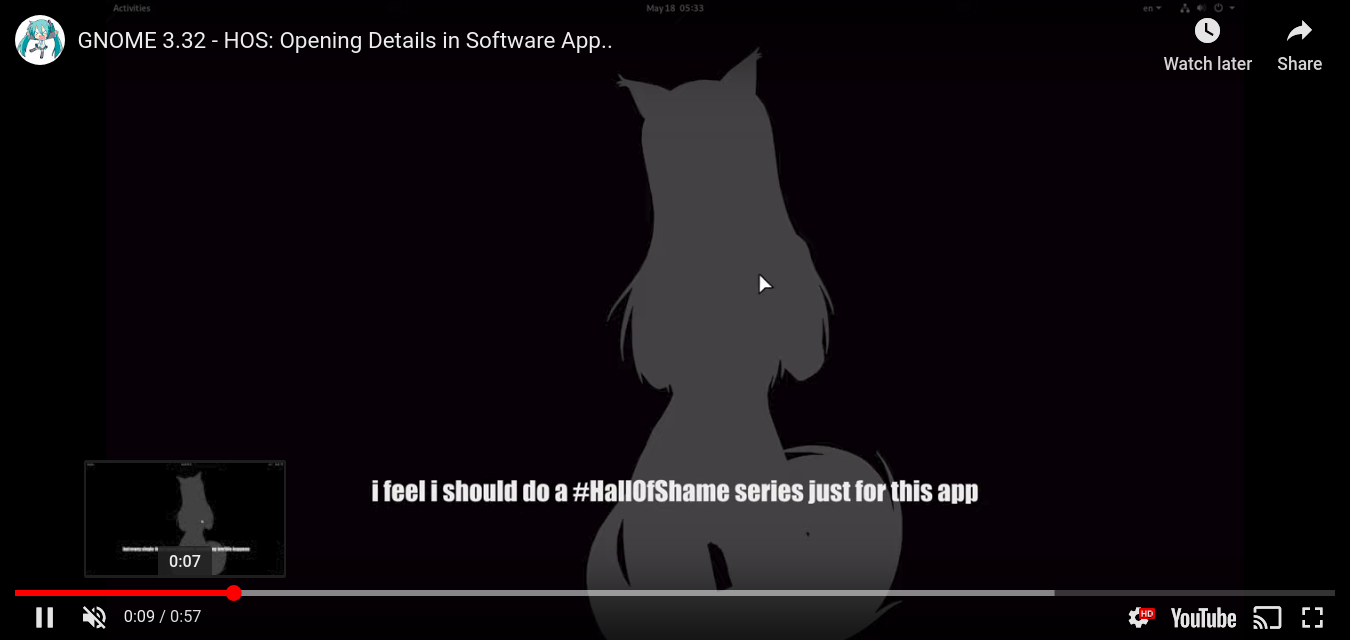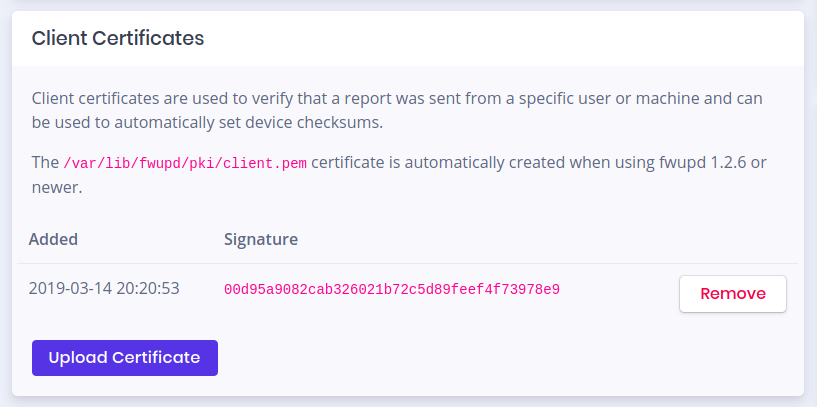Yesterday Dell unveiled their new range of docking stations. I’ve had a WD19TB for a few months, and it seems to work fine; you can plug one thunderbolt cable into my XPS 13 and it turns it into a workstation, driving two screens, connecting me to wired Ethernet and connecting all my USB stuff. When I want to run away, I just unplug one thing and my workstation turns back into a portable laptop. The dock also randomly has a headphone out socket, although I like to drive my sound through a USB sound card and S/PDIF anyway.

The impressive bit for me is that Dell wanted firmware upgrading to work perfectly from day 1 – there has been testable firmware embargoed on the LVFS for many weeks. Although the dock is one physical thing, internally it’s made up of different components and subsystems, all with slightly different quirky flashing protocols. Behind the scenes and without great fan-fair, Dell added the “composite firmware” support to fwupd, so not only do the devices look logically correct when using fwupdmgr get-topology it means you can update all the different technology on the device with one .cab file.

This means, to update to the dock I don’t need to tell you lots of technical information about how to update to some super new version of something. Just click on the upgrade button in GNOME Software when the firmware update has been downloaded for you. This is exactly how firmware updates should work – you buy the hardware you need from the shop, plug it in, get the latest bug fixes and features automatically with no “googling” or using crazy commands on the command line.
I’ve also been working with another OEM on their next generation of docking stations. This work can of course piggy-back onto the composite feature when there is hardware ready for test. In my opinion they’re about 9 months behind Dell at this point, so I guess if you want a docking station that’s supported on the LVFS you know what to buy…






